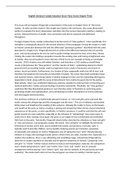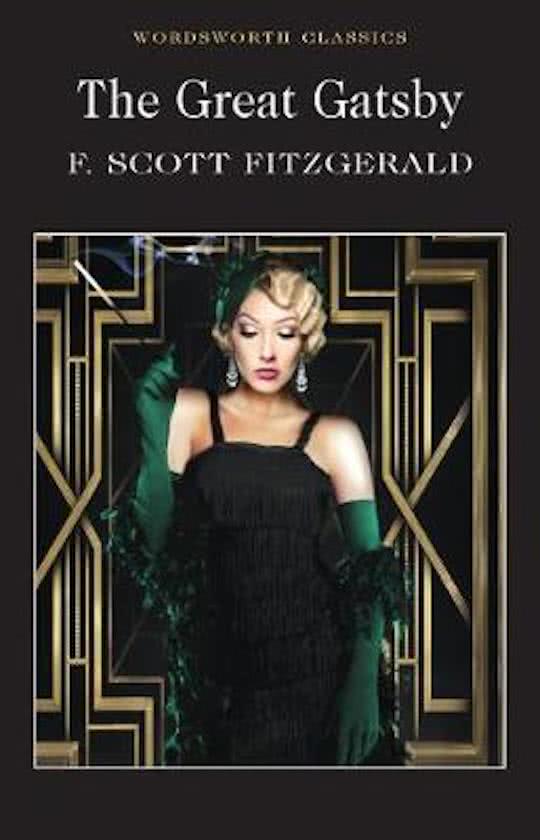English Literature Gatsby Induction Essay- Party Scene Chapter Three
This essay will and explore Fitzgerald’s presentation of the party in Chapter three of ‘The Great
Gatsby’. As Nick (and the reader)’s first insight into Gatsby’s life and home, this scene allows both
parties to evaluate the host’s demeanour and delve into the curious impression Gatsby is seeking to
purvey. Outward themes of wealth, class and sexism will also be analysed and addressed
throughout.
To begin chapter three, Gatsby is described to be the owner of “blue gardens”. More specifically, this
metaphor is strategically placed in the second sentence of the paragraph; forcing the reader to make
an instant connection between this and the alliterated “grotesque gardens” described with the same
placement in chapter two. Fitzgerald does this to enforce the difference between the rich and the
poor, and clearly juxtapose the two (as well as public feelings towards the two) at the time. Almost
tricking the reader into holding a prejudice towards the working class and having a heightened view
of Gatsby, they are persuaded to share the bias of Nick in just one example of being an unreliable
narrator. 1920’s America was still widely Christian, and therefore a 1925 audience would likely
create a link between the “blue gardens” and the ‘Garden of Eden’- symbolising elements of both
good and evil surrounding Gatsby, and his progression from a state of innocence and charm to
misery, deceit and death. Furthermore, the Garden of Eden supposedly marks the fall of man, and
therefore foreshadows the hamartia and downfall of Gatsby. The colour blue itself symbolises hope
and mystical fantasy, referencing Gatsby’s hopeful longing for Daisy and his enchanting alluringness
(especially to Nick), along with the sense of detachment from reality his guests feel at his parties.
Alternatively, ‘blue’ may symbolise hollowness and how, despite his external mien of charming and
mystical perfection, Gatsby conceals feelings of pensive melancholy. Physically, the “blue gardens”
could describe blue illuminated gardens or even the blue water of fountains or swimming pools;
promoting wealth and sophistication, and contributing to further descriptions of overly elaborate
and extravagant demonstrations.
The sentence continues in a rhythmically pleasant manner, as “men and girls came and went like
moths among the whisperings and the champagne and the stars”. The use of sibilance and syndetic
listing slows and lengthens the reading of this sentence, allowing the reader to focus on the beauty
and wealth of the party as well as creating a calming and tranquil feel that mirrors that of what Nick
experiences at the party, or more specifically, in Gatsby’s presence. It could be said that the soft and
gentle sounds are even seductive, especially as the inclusion of “whisperings” may cause some to
mimic this in their reading. Once again, this gives us an insight to how comfortable and enthralled
Nick feels at the party. Technically, Fitzgerald should either describe the attendees as ‘boys and girls’
or ‘men and women’, but purposely couples the words “men and girls” to highlight the perceived
inferiority of women at the time, and to belittle their power and presence. Ironically, ‘girls’ is
typically used to describe children, and so besides implying women are immature, powerless,
irresponsible and subjects of control, Fitzgerald is also (if taking the noun “girls” literally) placing
children at a large and seemingly chaotic party in which there are older, drunken men. Especially to a
modern-day audience, this is a very disturbing and unsettling image, and perhaps Fitzgerald has
done this so readers question its morality and the general treatment of women. Comparing “men
and girls” to “moths” further reduces women to insects and meaningless creatures; the comparison
more closely being between “girls” and “moths” than “men” and “moths” due to syntactic
arrangement (where placing “men” before “girls” may also be symbolic of the patriarchy and male
authority). The simile itself refers to how the partygoers are drawn to Gatsby’s function just as





